-
 Bitcoin
Bitcoin $120400
1.77% -
 Ethereum
Ethereum $3615
7.90% -
 XRP
XRP $3.580
17.84% -
 Tether USDt
Tether USDt $1.001
0.06% -
 BNB
BNB $729.4
1.25% -
 Solana
Solana $179.9
5.04% -
 USDC
USDC $0.0000
0.01% -
 Dogecoin
Dogecoin $0.2311
8.22% -
 TRON
TRON $0.3226
4.04% -
 Cardano
Cardano $0.8490
12.85% -
 Hyperliquid
Hyperliquid $46.45
0.72% -
 Stellar
Stellar $0.4913
8.54% -
 Sui
Sui $4.027
2.00% -
 Chainlink
Chainlink $18.51
11.67% -
 Hedera
Hedera $0.2818
21.51% -
 Avalanche
Avalanche $24.03
7.40% -
 Bitcoin Cash
Bitcoin Cash $508.5
2.90% -
 Shiba Inu
Shiba Inu $0.00001496
3.24% -
 UNUS SED LEO
UNUS SED LEO $8.961
1.83% -
 Toncoin
Toncoin $3.264
3.13% -
 Litecoin
Litecoin $104.6
8.15% -
 Polkadot
Polkadot $4.389
6.11% -
 Uniswap
Uniswap $9.924
10.63% -
 Monero
Monero $337.9
0.49% -
 Pepe
Pepe $0.00001376
2.79% -
 Bitget Token
Bitget Token $4.830
2.46% -
 Ethena USDe
Ethena USDe $1.001
0.05% -
 Dai
Dai $1.000
0.02% -
 Aave
Aave $325.2
1.66% -
 Bittensor
Bittensor $423.7
-0.85%
Is it cheaper to create NFTs on Polygon?
Polygon offers significantly lower gas fees for minting NFTs, often under $1, making it a cost-effective alternative to Ethereum.
Jul 18, 2025 at 01:57 pm
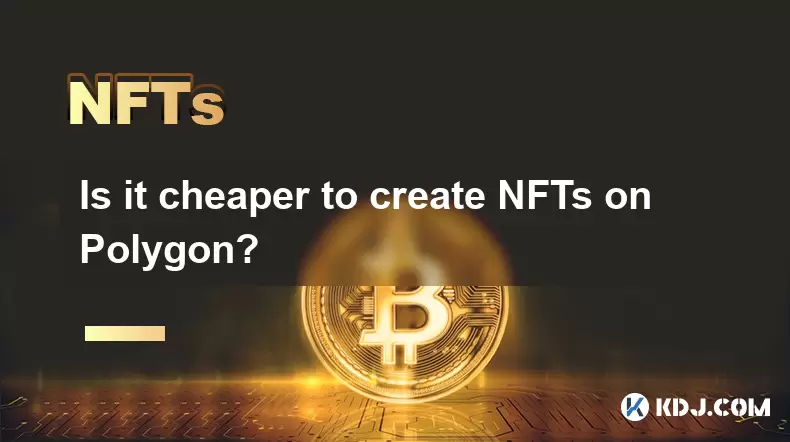
Understanding the Cost Structure of NFT Creation
Creating NFTs (Non-Fungible Tokens) involves several cost components that vary depending on the blockchain used. Gas fees are one of the most significant factors, as they determine how much it costs to perform transactions on a blockchain. Other costs include platform fees, minting services, and storage solutions. Ethereum, being the first and most popular blockchain for NFTs, often experiences high gas fees due to network congestion. Polygon, a layer-2 scaling solution built on top of Ethereum, aims to reduce these costs while maintaining compatibility with the Ethereum ecosystem.
Gas Fees on Polygon vs. Ethereum
One of the primary reasons creators consider Polygon is the dramatically lower gas fees compared to Ethereum. On Ethereum, minting an NFT can cost anywhere from $10 to $100+ during peak times, depending on network congestion. In contrast, Polygon typically charges less than $1 for the same operation. This reduction is due to Polygon’s proof-of-stake (PoS) consensus mechanism, which is more energy-efficient and faster than Ethereum’s previous proof-of-work system. The low transaction fees make Polygon an attractive option for artists and developers looking to mint NFTs without incurring prohibitive costs.
Platform-Specific Costs and Services
While gas fees are significantly lower on Polygon, it's important to consider platform-specific charges. Marketplaces like OpenSea, Rarible, and Mintable support Polygon-based NFTs, but each may have its own listing fees, service charges, and royalty structures. For instance, some platforms may charge a one-time setup fee for Polygon wallets or charge for initial account creation. However, these fees are generally much lower than their Ethereum counterparts. It’s essential to research and compare platform costs before committing to a specific NFT marketplace.
Minting NFTs on Polygon: A Step-by-Step Guide
- Set up a compatible wallet: Install and configure a wallet like MetaMask or Trust Wallet that supports Polygon.
- Switch network to Polygon: In your wallet settings, add the Polygon Mainnet using the correct RPC URL and chain ID.
- Fund your wallet: Transfer MATIC tokens to your wallet to cover gas fees. You can buy MATIC on exchanges like Binance, Coinbase, or Kraken.
- Choose an NFT platform: Select a Polygon-supported marketplace such as OpenSea, Rarible, or Mintable.
- Create your NFT: Upload your digital file, set properties, and choose Polygon as the blockchain during the minting process.
- Pay gas fees: Confirm the transaction and pay the minimal gas fee in MATIC.
Each step must be followed carefully to avoid errors or unnecessary fees.
Storage and Long-Term Considerations
When minting NFTs, storage solutions like IPFS or Arweave are often used to host the digital files associated with the token. While these services are generally free for small-scale creators, reliability and permanence are important considerations. Polygon-based NFTs benefit from decentralized storage integrations that are both cost-effective and scalable. Choosing the right storage method ensures that your NFT remains accessible and valuable over time.
FAQs
Q: Can I transfer my Ethereum NFTs to Polygon?
Yes, you can bridge your NFTs from Ethereum to Polygon using platforms like Polygon Bridge or third-party services like Rainbow Bridge. This process involves locking the original NFT on Ethereum and minting a corresponding token on Polygon.
Q: Are Polygon NFTs less valuable than Ethereum NFTs?
Not necessarily. The value of an NFT depends on factors like rarity, demand, and utility, not the blockchain it's built on. Some collectors may prefer Ethereum for its established reputation, but Polygon NFTs are gaining traction due to their affordability and environmental benefits.
Q: Do I need to pay royalties on Polygon NFTs?
Royalty structures on Polygon depend on the marketplace and smart contract used. Most platforms allow creators to set custom royalty percentages, similar to Ethereum. Royalties are enforced through smart contracts and paid in MATIC or USD-pegged tokens.
Q: Are there any security concerns with creating NFTs on Polygon?
Polygon uses a security framework that leverages Ethereum’s finality, making it relatively secure. However, as with any blockchain, users should be cautious of phishing attempts, fake marketplaces, and unauthorized wallet connections. Always verify URLs and contract approvals before proceeding with transactions.
Disclaimer:info@kdj.com
The information provided is not trading advice. kdj.com does not assume any responsibility for any investments made based on the information provided in this article. Cryptocurrencies are highly volatile and it is highly recommended that you invest with caution after thorough research!
If you believe that the content used on this website infringes your copyright, please contact us immediately (info@kdj.com) and we will delete it promptly.
- XRP, Dogecoin, and Crypto Bills: What's Shaking in the Crypto World?
- 2025-07-18 20:50:13
- Trump, Family Business, and Power: A New Era of Conflicts?
- 2025-07-18 20:30:12
- Trump, Business, & Bitcoin: A Crypto Capitalist's Vision
- 2025-07-18 20:40:12
- MEXC's Q2 Domination: Riding the Crypto Wave to Market Leadership
- 2025-07-18 18:30:12
- Caldera (ERA) Takes Flight: Binance Listing Ignites Crypto Surge
- 2025-07-18 19:10:13
- Hex Trust and Algorand: Institutional Staking Rewards Take Center Stage
- 2025-07-18 19:50:13
Related knowledge
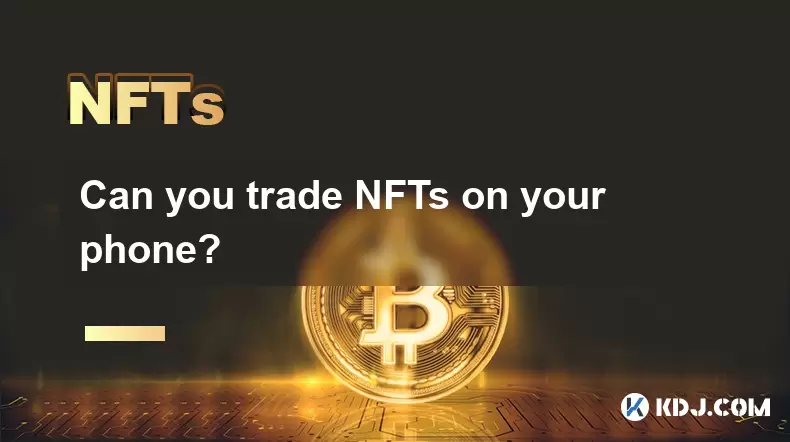
Can you trade NFTs on your phone?
Jul 18,2025 at 04:29am
Trading NFTs on Mobile DevicesYes, you can trade NFTs on your phone, and the process has become increasingly streamlined thanks to a variety of mobile...
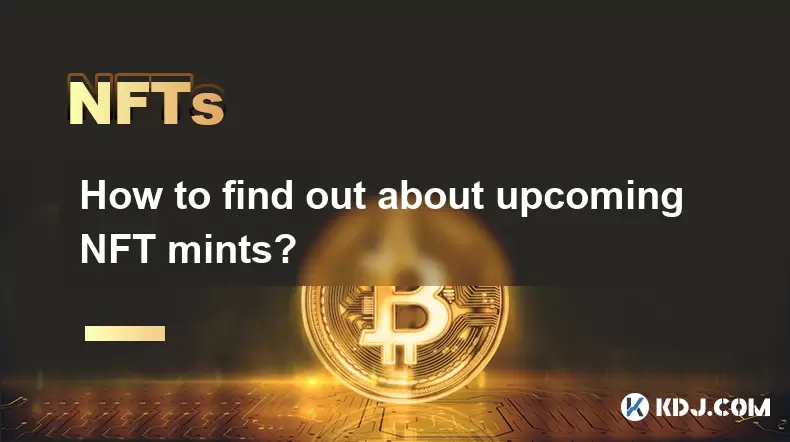
How to find out about upcoming NFT mints?
Jul 18,2025 at 11:50am
Exploring NFT Minting OpportunitiesUnderstanding the landscape of upcoming NFT mints is crucial for collectors, investors, and creators who wish to st...
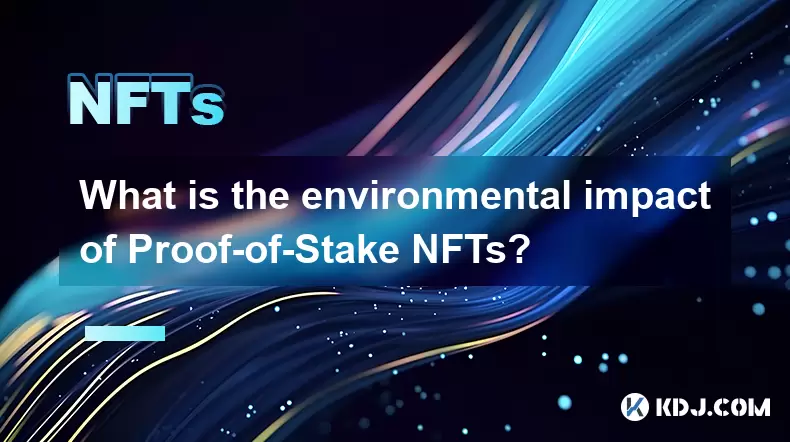
What is the environmental impact of Proof-of-Stake NFTs?
Jul 17,2025 at 07:14pm
Understanding the Basics of Proof-of-Stake NFTsProof-of-Stake (PoS) is a consensus mechanism used by blockchain networks to validate transactions and ...
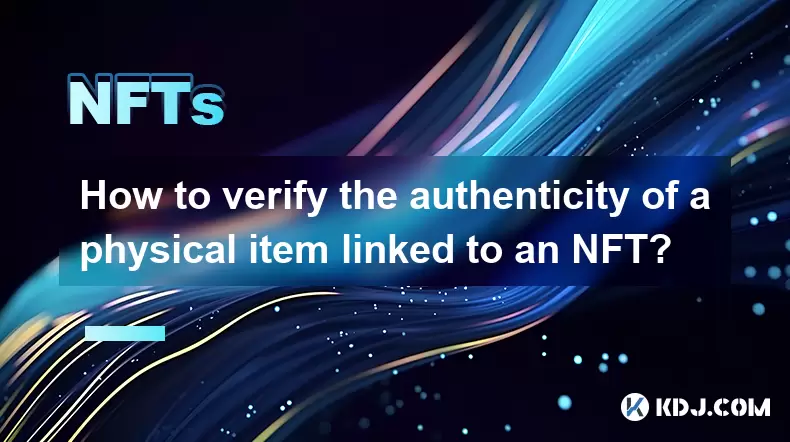
How to verify the authenticity of a physical item linked to an NFT?
Jul 18,2025 at 03:07pm
Understanding the Link Between NFTs and Physical ItemsWhen an NFT is linked to a physical item, it essentially acts as a digital certificate of owners...
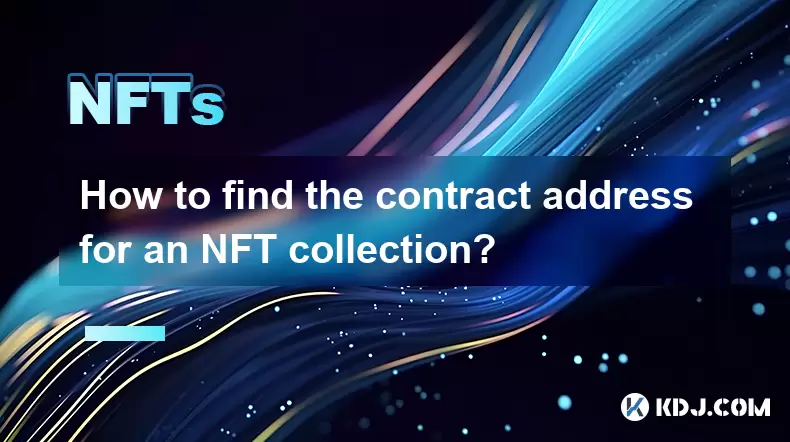
How to find the contract address for an NFT collection?
Jul 18,2025 at 11:56am
Understanding What a Contract Address IsIn the world of non-fungible tokens (NFTs), a contract address is a unique identifier assigned to a smart cont...
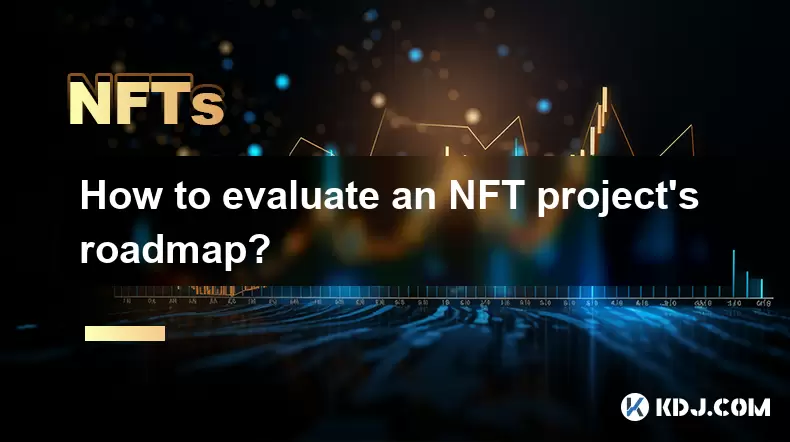
How to evaluate an NFT project's roadmap?
Jul 18,2025 at 01:21am
Understanding the Basics of an NFT Project RoadmapAn NFT project's roadmap is a strategic document that outlines the short-term and long-term goals of...

Can you trade NFTs on your phone?
Jul 18,2025 at 04:29am
Trading NFTs on Mobile DevicesYes, you can trade NFTs on your phone, and the process has become increasingly streamlined thanks to a variety of mobile...

How to find out about upcoming NFT mints?
Jul 18,2025 at 11:50am
Exploring NFT Minting OpportunitiesUnderstanding the landscape of upcoming NFT mints is crucial for collectors, investors, and creators who wish to st...

What is the environmental impact of Proof-of-Stake NFTs?
Jul 17,2025 at 07:14pm
Understanding the Basics of Proof-of-Stake NFTsProof-of-Stake (PoS) is a consensus mechanism used by blockchain networks to validate transactions and ...

How to verify the authenticity of a physical item linked to an NFT?
Jul 18,2025 at 03:07pm
Understanding the Link Between NFTs and Physical ItemsWhen an NFT is linked to a physical item, it essentially acts as a digital certificate of owners...

How to find the contract address for an NFT collection?
Jul 18,2025 at 11:56am
Understanding What a Contract Address IsIn the world of non-fungible tokens (NFTs), a contract address is a unique identifier assigned to a smart cont...

How to evaluate an NFT project's roadmap?
Jul 18,2025 at 01:21am
Understanding the Basics of an NFT Project RoadmapAn NFT project's roadmap is a strategic document that outlines the short-term and long-term goals of...
See all articles

























































































